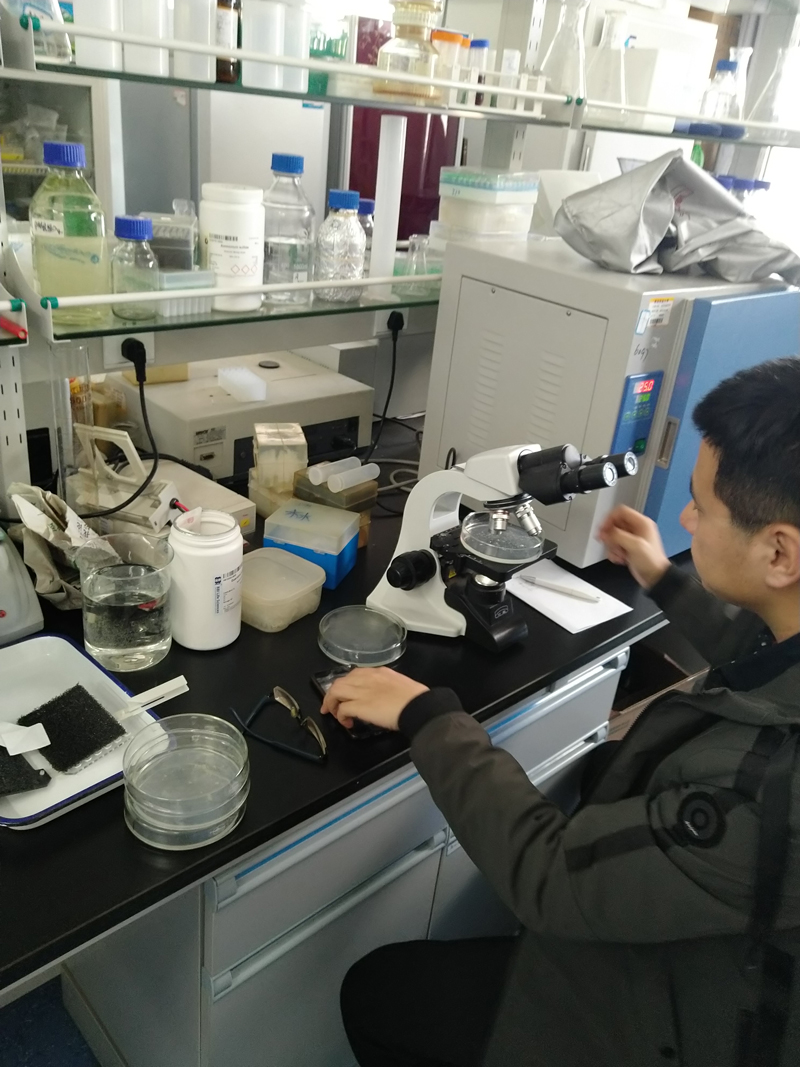Dec . 15, 2024 15:56 Back to list
sweet cherry pollen compatibility products
Sweet Cherry Pollen Compatibility Insights and Applications
Sweet cherries (Prunus avium) are not only a delight to eat, but they also play a significant role in agriculture due to their commercial value. One essential aspect of sweet cherry cultivation that contributes to successful fruit production is pollen compatibility. This article delves into the concept of pollen compatibility, its implications for cherry orchards, and the various products derived from this knowledge.
Understanding Pollen Compatibility
Pollen compatibility refers to the ability of pollen from one cherry variety to successfully fertilize the ovules of another variety. In many fruit-bearing plants, including sweet cherries, this compatibility is crucial for achieving good fruit set and quality. Sweet cherries are not self-pollinating, meaning they require pollen from different varieties to produce fruit effectively. Therefore, understanding which cherry varieties are compatible with one another is fundamental for orchard management and commercial production.
Pollen Types and Compatibility Mechanisms
There are two primary types of pollen compatibility compatible and incompatible. When compatible pollen lands on the stigma of the flower, it germinates and can grow down the style to fertilize the ovules. In contrast, incompatible pollen triggers a rejection response, preventing fertilization. The genetic basis of this compatibility often relies on the specific alleles present in the pollen and stigma. In sweet cherries, the S-locus genes are primarily responsible for determining compatibility. Varieties with different alleles at this locus can successfully cross-pollinate.
Importance of Selecting Compatible Varieties
For cherry growers, the selection of compatible varieties is essential for maximizing yield and quality. Planting a diverse selection of cherry varieties that bloom simultaneously ensures that there is adequate pollen available for fertilization. Some popular sweet cherry cultivars, such as Bing, Rainier, and Lapins, have distinct compatibility profiles and varying blooming times. Growers often choose at least two or three cultivars to ensure effective cross-pollination.
Impact on Yield and Quality
The implications of pollen compatibility extend beyond mere fruit production. Compatible pollination often leads to higher yields, more uniform fruit size, and improved fruit quality. Furthermore, compatible pollen can enhance the sweetness and flavor profiles of the cherries, making them more appealing to consumers. On the other hand, poor pollen compatibility can result in reduced fruit set and an overall decrease in orchard productivity.
sweet cherry pollen compatibility products

Advances in Pollen Research and Technology
With advances in genetics and biotechnology, research into pollen compatibility has become more sophisticated. Scientists are now able to identify genetic markers associated with compatibility and incompatibility. This progress allows breeders to develop new cherry varieties specifically designed for compatibility with existing cultivars, thus ensuring optimal fruit production.
Additionally, technologies such as pollination simulators and pollen viability tests have emerged, assisting growers in determining the best combinations for their orchards. These tools not only increase the likelihood of successful fruit set but also provide a reliable means of managing bloom periods and pollination strategies.
Products of Sweet Cherry Pollen Compatibility Research
The insights gained from studying sweet cherry pollen compatibility have led to various practical applications. One significant product is the development of cherry cultivars optimized for cross-pollination. These varieties are often bred for their compatibility with traditionally popular cultivars for instance, Lapins is known for its self-fertility but performs better when planted near compatible types.
Another product is the improvement of pollination practices. Educating growers about the importance of compatible pollen sources enables them to make informed planting decisions, enhancing their overall cherry production.
Furthermore, the understanding of pollen compatibility has inspired developments in cherry processing, including the production of value-added products like cherry jams, juices, and dried cherries. High-quality raw materials resulting from optimal pollination processes contribute to better flavor and consumer satisfaction in these products.
Conclusion
Sweet cherry pollen compatibility is a fundamental aspect of successful cherry cultivation, influencing everything from yield and fruit quality to breeding strategies and orchard management. As research continues to evolve, the insights gained will not only enhance the production of sweet cherries but also lead to innovative products that capitalize on the uniqueness of this cherished fruit. Understanding and applying the principles of pollen compatibility will undoubtedly play a crucial role in the future of cherry agriculture.
-
Fruit Paper Bags: Protect from Plant Pollen & Pests
NewsAug.08,2025
-
Plant Pollen Guide: Types, Uses & Artificial Pollination
NewsAug.07,2025
-
High-Viability Male Kiwipollen for Sale | Boost Yield
NewsAug.06,2025
-
Eco Fruit Paper Bags for Peak Freshness | Durability Focused
NewsJul.31,2025
-
Pollen Peach Tree for Pure Pollination and High-Quality Peach Pollen
NewsJul.30,2025
-
Premium Cherry Pollen for Pure Pollination & Different Types
NewsJul.30,2025